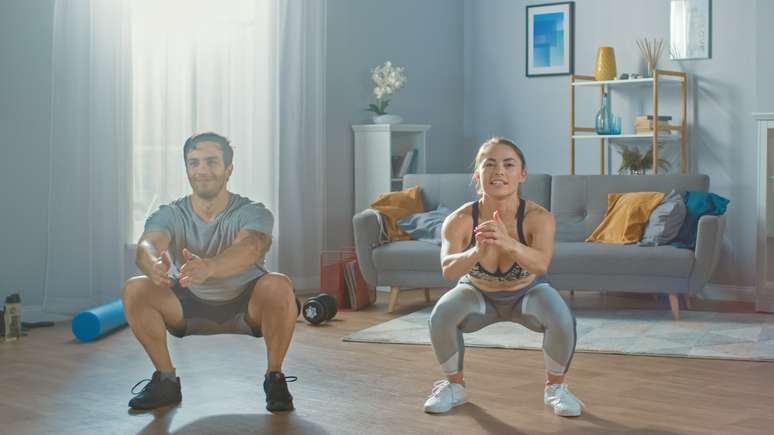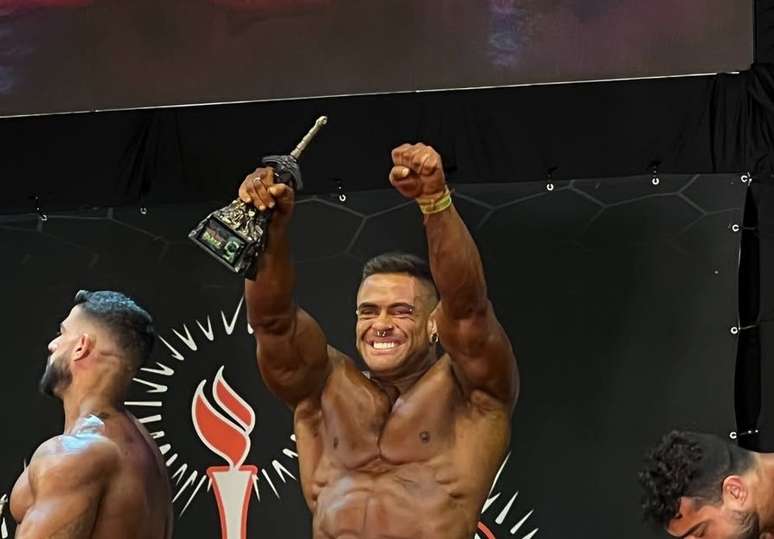Learn how to strengthen your leg muscles using only your body weight with calisthenics
Calisthenics exercises are those that do not use additional equipment and weights, such as discs and dumbbells. Just your body weight is enough to train your muscles comprehensively using this method. It is also possible to train in rhythmic gymnastics to have big and strong thighs!
For this, exercises such as squats and their variations are used, including lateral and unilateral squats (such as lunges and lunges). According to Eliane Araújo, physical education expert at Les Cinq gym, these variations help work specific muscles.
“There are many advantages in practicing squat variations. One of the main ones is being able to work with the student based on his particularities and needs. Furthermore, each one can be more effective for one muscle group rather than another”, he explains.
Read on to understand how to get big thighs with gymnastics!
Benefits of rhythmic gymnastics
The advantage of calisthenics is that the exercises can be performed without leaving home, taking advantage of your environment to train, as explained by Júnior Britto, teacher of physical education, artistic gymnastics and functional training.
Calisthenics is very versatile: it can be done at home, on calisthenics machines and even in a gym with bars. The best part is, the only equipment you really need is your own body weight!”
According to him, it is possible to train all muscle groups with rhythmic gymnastics. “But there are not as many isolated exercises as in bodybuilding, although in some exercises it is possible to train in isolation,” explains the coach.
10 calisthenics exercises for big thighs
Discover now the excellent rhythmic gymnastics exercises to develop stronger and fuller thighs by training anywhere!
1. Free front squat
This variation is the simplest and most traditional and provides a complete movement. It can be done at home, without the use of weights, focusing only on the complete movement. If you find it easy, use isometry, keeping your knees bent and fixed at 90 degrees for a few seconds before performing the full movement.

2. Lunge
In these types of squats the exercise is performed unilaterally, that is, with only one leg in front and the other behind. While the front one flexes, the rear one serves to provide balance. It requires more balance and can offer a more targeted workout to develop your thigh muscles.
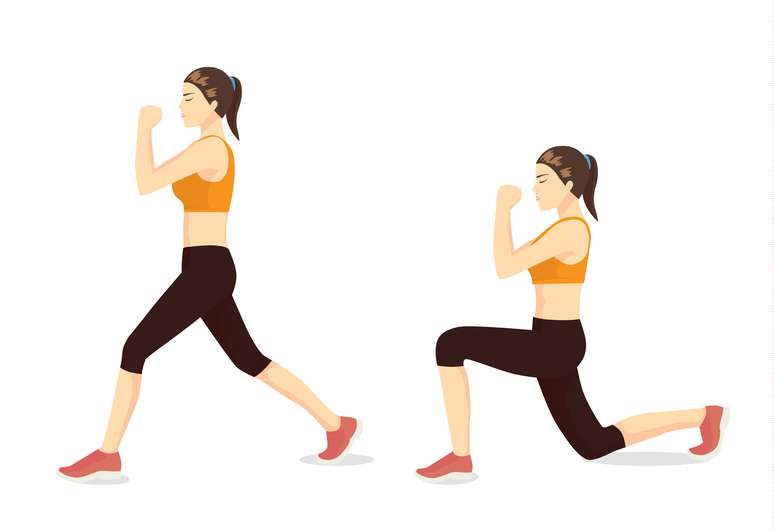
3. Step
The step is an exercise whose movement is similar to the lunge, but is performed in motion, preferably in a space where the steps can be performed correctly.
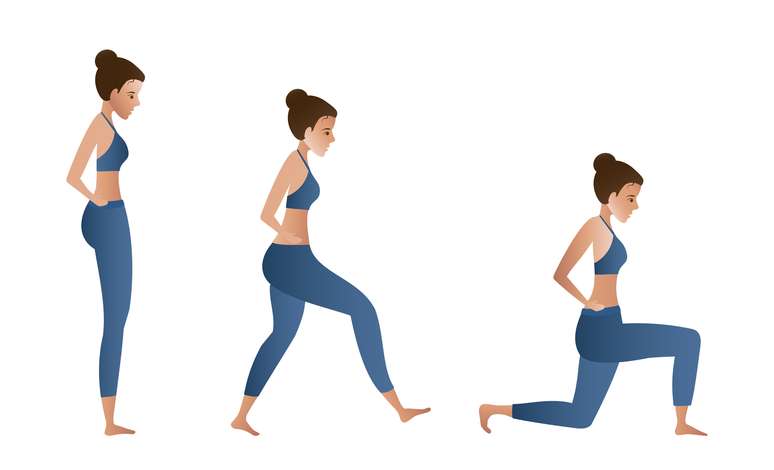
4. Bulgarian squat
Similar to the one-legged squat, this exercise is performed with the back leg resting on an elevated object, such as a chair. You don’t necessarily need extra weight, as just having one leg raised behind you makes the movement more complex and difficult, making it a great exercise to do at home or in the park.
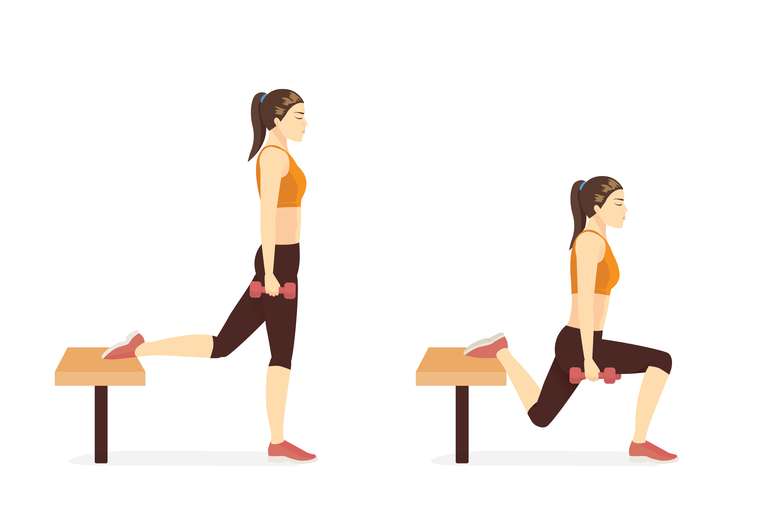
5. Static or isometric squats
The goal here is to make the movement more difficult by staying in the 90-degree squat position for a few seconds. It can be done with your back against the wall, but also without support. Try staying in the squat position for 30 seconds and then repeat the full movement.
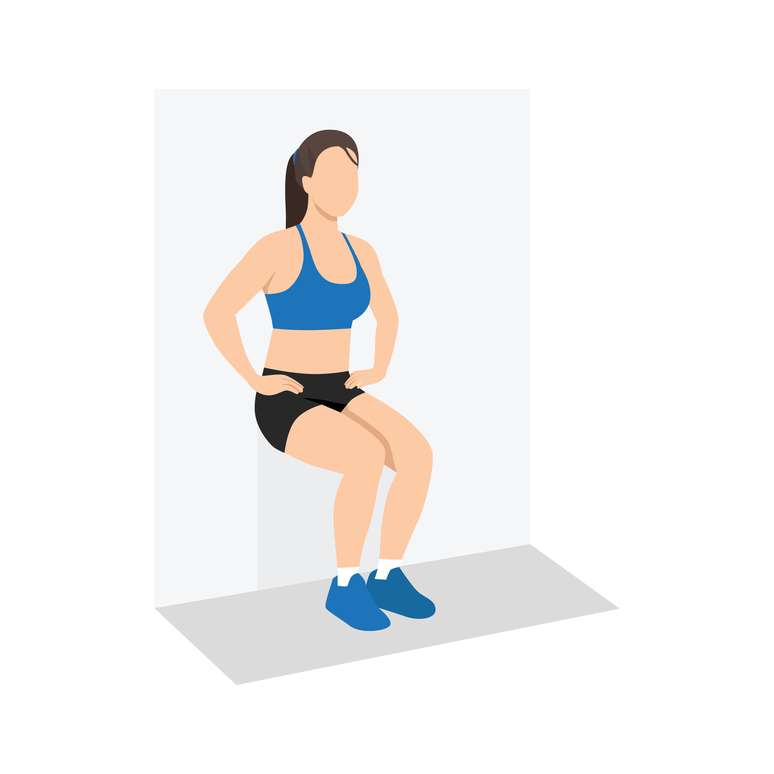
6. Skip the squats
Here the squat movement is performed in a traditional way, but is followed by a vertical jump in the ascending phase, creating greater difficulty. It offers greater calorie expenditure due to jumping, as well as working on explosiveness while climbing.
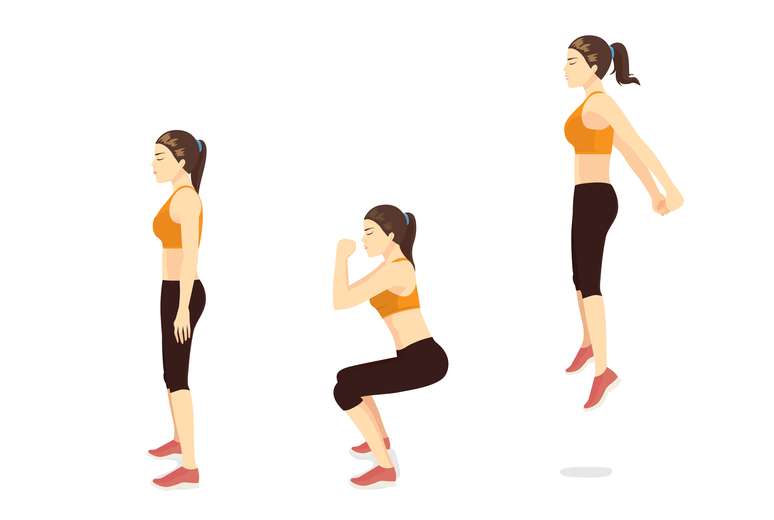
7. Cossack squats
This is also a one-legged squat, but performed with your legs parallel. As one flexes to one side, the other stretches. It is performed with alternating movements.
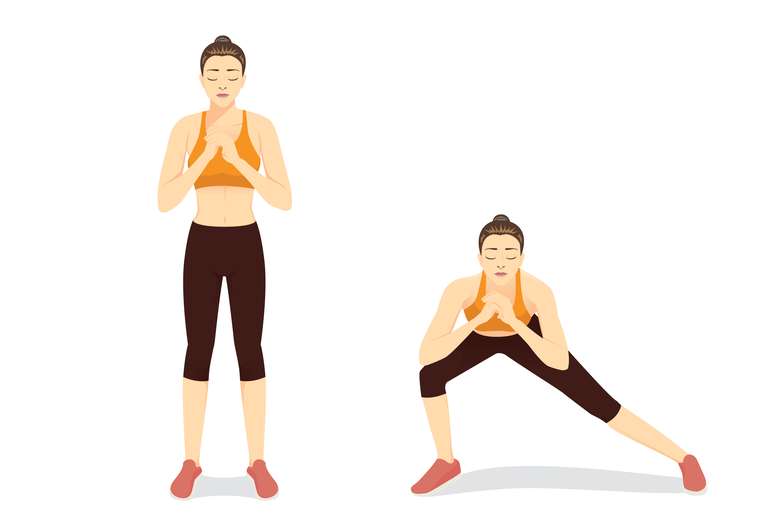
8. Box jumps
Jumping exercises, also called plyometrics, such as box jumps, put a strain on the muscles of the legs and buttocks throughout the movement. Start with a low height and gradually increase it.
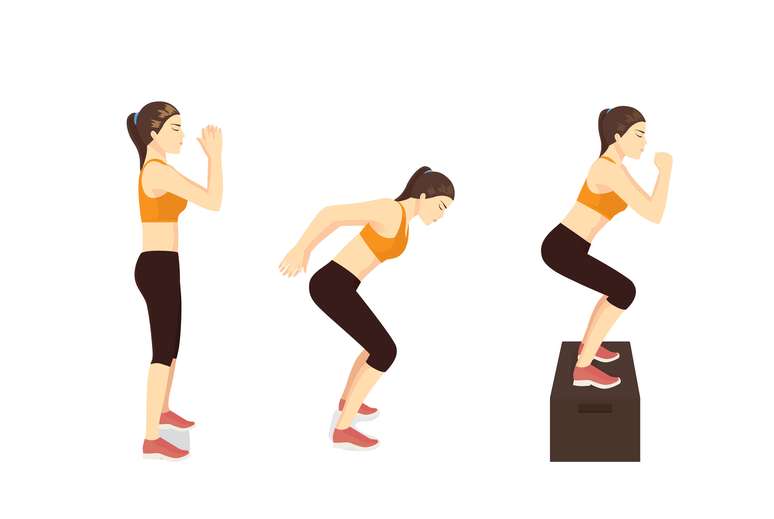
9. Unilateral climb
For this exercise you will need a fixed bench or even a wall at hip height. The movement consists of going up with one leg and returning.
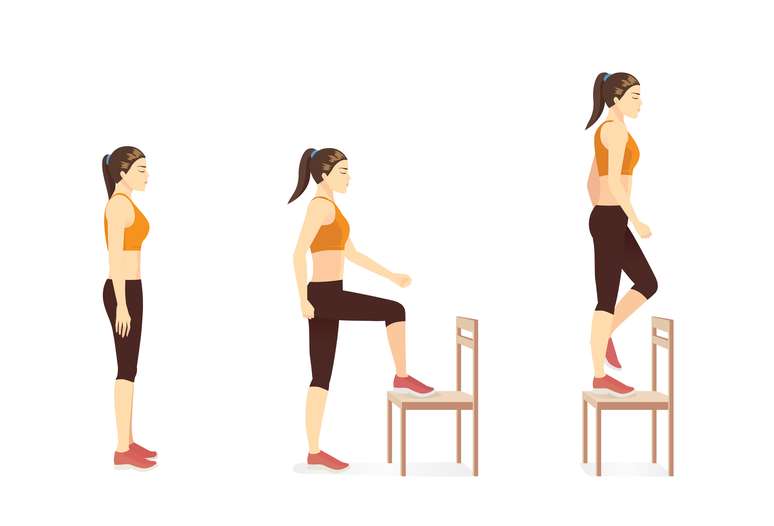
10. Squat lunge
This exercise mixes the squat movement with the lunge (stride). It involves getting on your knees on the floor, then lifting first one leg and then the other, assuming an isometric squat position. Just repeat the movement a few times.
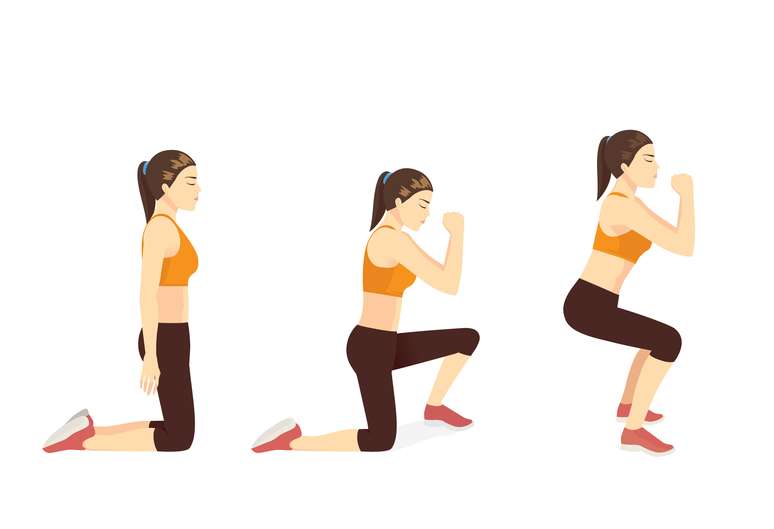
Source: Terra
Ben Stock is a lifestyle journalist and author at Gossipify. He writes about topics such as health, wellness, travel, food and home decor. He provides practical advice and inspiration to improve well-being, keeps readers up to date with latest lifestyle news and trends, known for his engaging writing style, in-depth analysis and unique perspectives.

